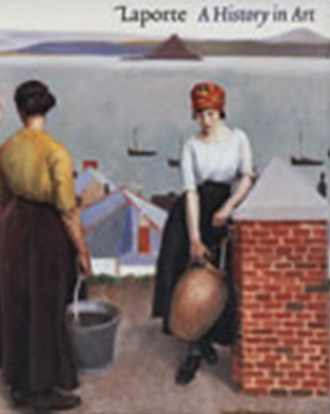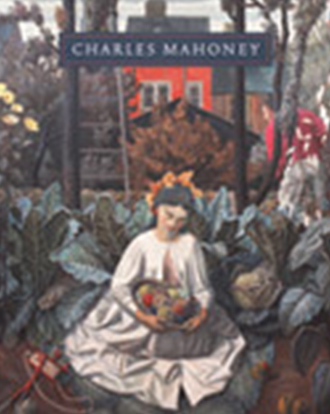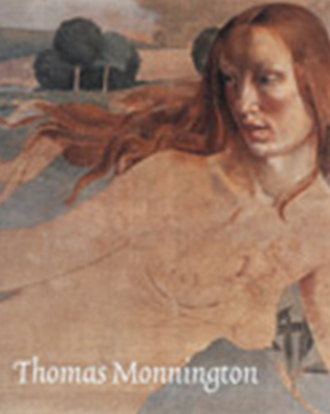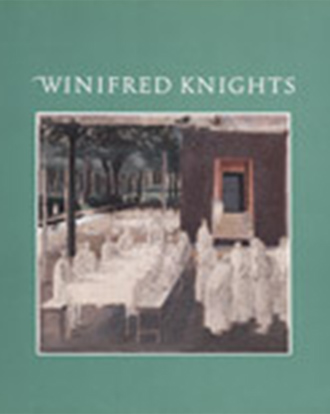The Laporte Collection has attempted to accommodate the broadest range of tastes by drawing on the remarkable diversity of British art during the past 120 years. The aim of the hanging scheme has been to create a picture-rich environment which is visually uplifting, combining works which are instantly legible with works which are visually more challenging. Where possible, works have been placed to accentuate different areas of activity within the office ñ for instance, the board room is now dominated by Monningtonís celebration of science, a design originally conceived for the Conference Hall of Bristol Council House…






